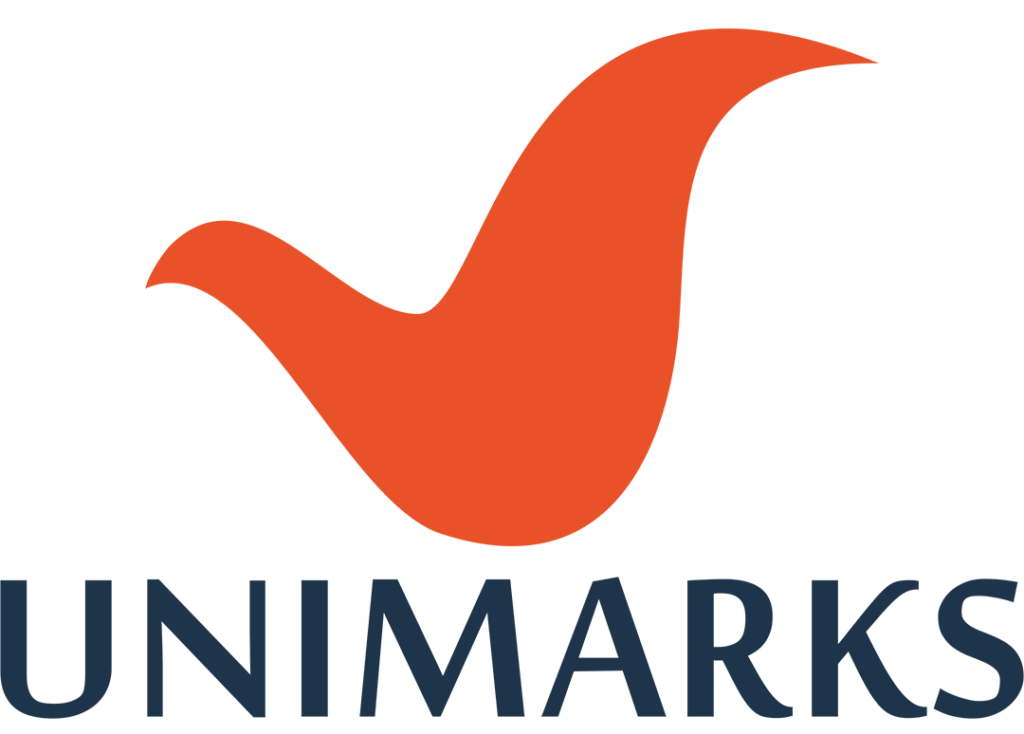If you are a beginner and new to the business, trying to find out how to create a brand mark or register your brand to protect your business, then you are at the right spot. This guide on trademark selection 101: Tips and Tricks for Success will help you coin a good trademark and get it registered without any objections.
Before we begin, we need to understand why having a unique, distinctive, and different trademark will be a game-changer for your business. Trademarks are an asset to your company. Every business requires three things to grow – capital, brand reputation, and efficient human resources. Getting money and human resources is one aspect, but building your brand amidst a colossal ocean of business is a task that makes all difference.
While designing your mark, be extra conscious and very particular about briefing your designer about the dos and don’ts. If you are out of sight, you are out of mind. That is where a trademark comes to the rescue. A good, well-defined brand will help you grow two times more. Having said all of this, let us directly get into the aspects of a good trademark or, to be more precise, how you should select a good brand.
| Consider | Avoid |
| Coined terms | Descriptive terms |
| Fanciful terms | Generic terms |
| Arbitrary terms | Surnames |
| Suggestive marks | Deceptively confusing marks |
| Animal or plant names | Letter acronyms, and numbers |
| Unrelated or off-the-rail terms | Terms that have direct references to characteristics or quality |
| Terms referring to action or experience | Superlative or laudatory words |
Tips to follow while designing your trademark:
Try coining your mark- anything and everything that is out of the box will be a good option. When you use a coined work, it will have no resemblance to anything already in the market. This makes your mark unique and easy to be registered. A coined trademark may be more difficult for consumers to remember at first.
It requires efforts in advertising and communication. But it also means the trademark owner can create a positive association between the mark and their company, products, or services.
How to coin your mark?
It is straightforward- mix and match two or three words and derive a word anew from it. But, make sure that the coined term is not related to the goods or services for which it is used.
Examples of coined terms:
- Kodak for photography
- Canon for camera
- Google for web browsers
- Yahoo for the web browser and mail system
- Spotify for music application
- Sony for the entertainment sector
The next option you can consider will be arbitrary marks- these will have no relation or connection with the goods or services described.
Examples of arbitrary marks:
- Apple for Computers
- Sun in connection with Software
- Amazon for online market shopping
- Shell for gas stations
- Himalaya for beauty and skin products
Suggestive Mark:
This is a comparatively less intense mark compared to the above two. These marks will suggest meaning to the words that cannot describe the goods themselves. If nothing strikes your mind, go for these.
Examples of suggestive marks:
- Netflix
- Microsoft
- Jaguar
- Airbus
- Citibank
Animal or Plant names:
When we suffix or prefix plants or animals names to the product name, it makes an altogether unique because when we consider a trademark, it is always seen as a whole and not in parts.
Example:
- Tiger biscuits
- Lion dates
- Apple computers
- Lotus Herbals
- Lotus software
- Ford Mustang
- Butterfly kitchen appliances
Unique first word:
Normally, the product names are not preferred on the mark. If so required, choose a unique name in front of the mark to make it a distinctive character. It will resemble less the product or service for which it will be generated. Terms referring to action or experience will be unique and different.
Now that you know what can be a good trademark, we will head toward what you can avoid while designing your mark.
- Make sure the mark does not resemble any existing trademark. That is why you also do your trademark search before registration.
- Never have any descriptive words or generic words on your mark- it will reduce registration probability.
- Avoid surnames or personal names – they can quickly be rejected in the preliminary stage.
- Never have any term that directly indicates a product’s characteristics or quality. This is an open room for criticism.
- Say bye to short forms: it is just a myth that short forms are easy to remember, where these can be more confusing and can lessen the chance of registration.
After a basic idea about what to include and exclude, we will discuss selecting a trademark for your business. First, clear your mind, drink coffee, sit back, and relax. This will help you to think correctly and come up with good ideas. So, whenever you are thinking about a trademark for your business, you have to:
Understand your market, the type of goods or services you are into, and what can attract the customers.
- Write down all possible ideas that come to you.
- Apply the elimination test- eliminate options you think are not up to the mark.
- Now take an expert opinion to guide you in terms of words, designs, color combinations, etc.
- While designing, keep the above-given checklist in mind, and test your words.
- Connect to a trademark agent to conduct a trademark search to be double sure about your chosen mark.
- Determine the country you want to apply to and find the appropriate class for it.
- Go ahead and register.
Professional tip
Spend more time in Branding and Trademark designing at the initial stage because it’s all about branding that will make a difference in your business. The more your brand becomes widespread, the more it will be profitable for your business.
Conclusion:
Selecting a good trademark is a crucial step in building a successful business. Avoiding common pitfalls, such as using generic or descriptive terms or infringing on existing trademarks, can save you time and money in the long run. It is important to conduct thorough research and ensure that your chosen trademark is legally available and distinct from existing trademarks.
It is always advisable to seek the advice of a trademark attorney to guide you through the process and ensure that your trademark is properly protected. By following these guidelines, you can make an informed decision and select a trademark representing and protecting your brand for years to come.







